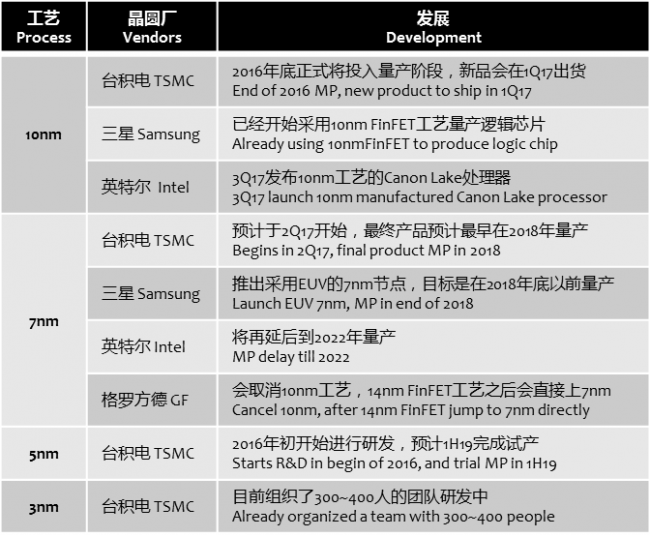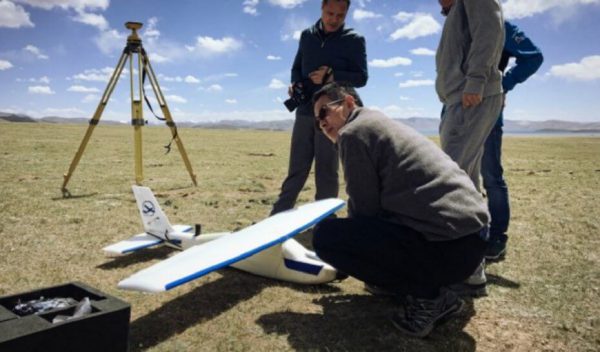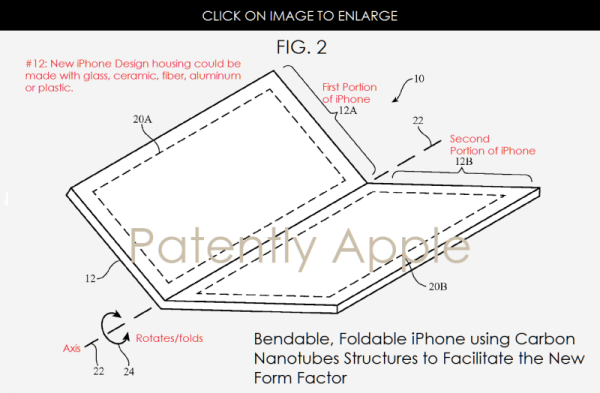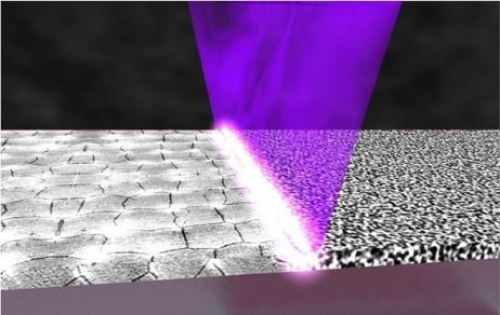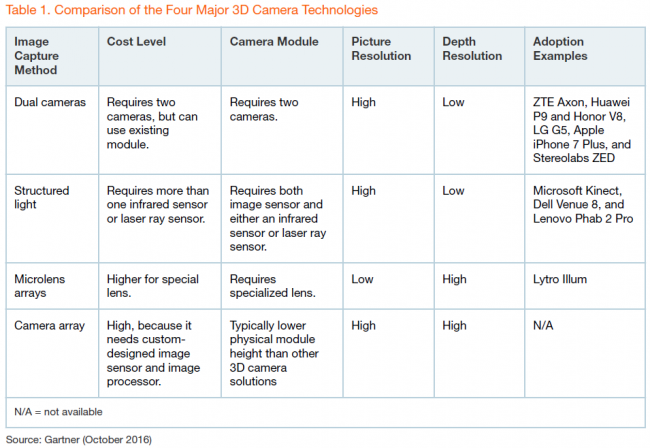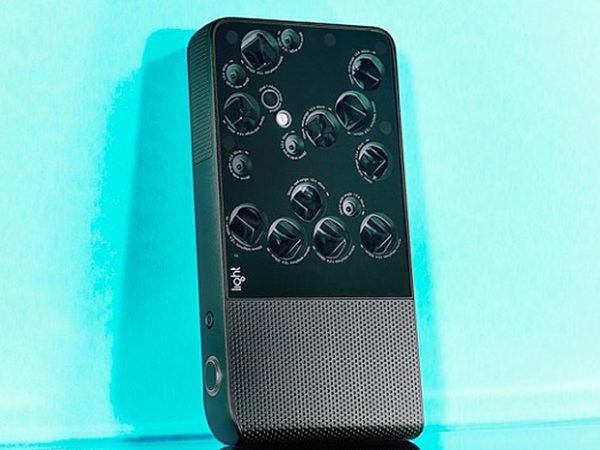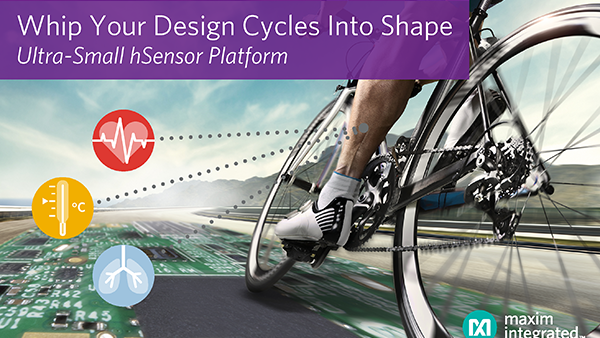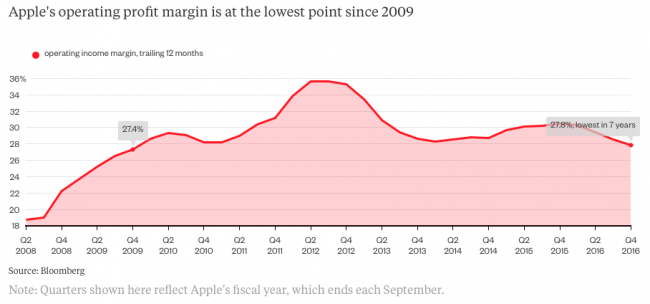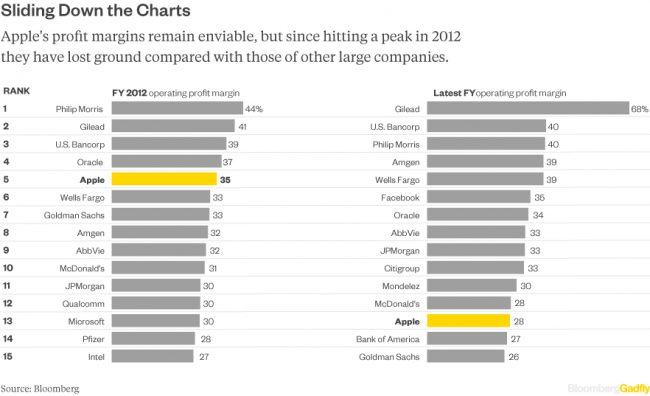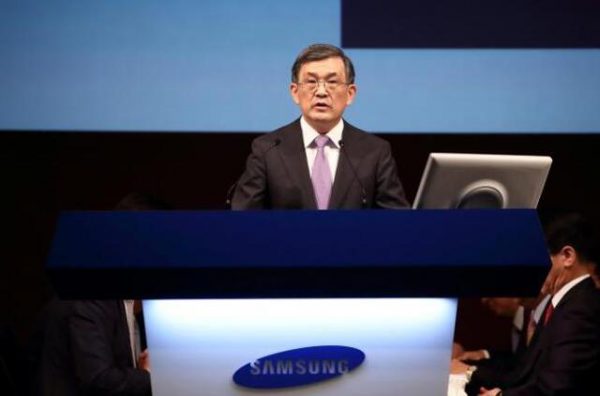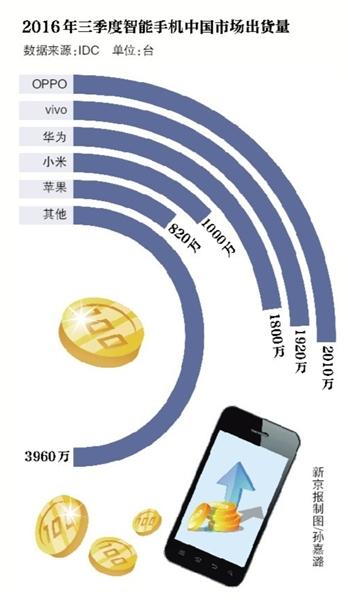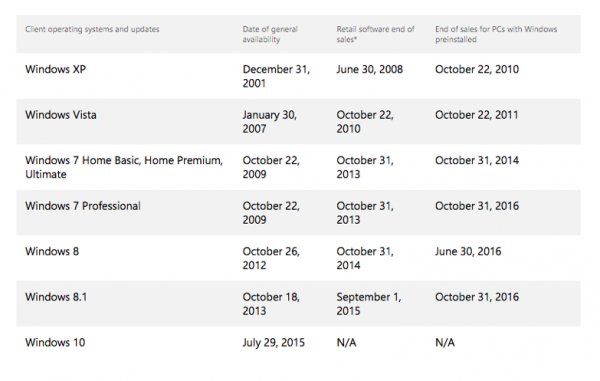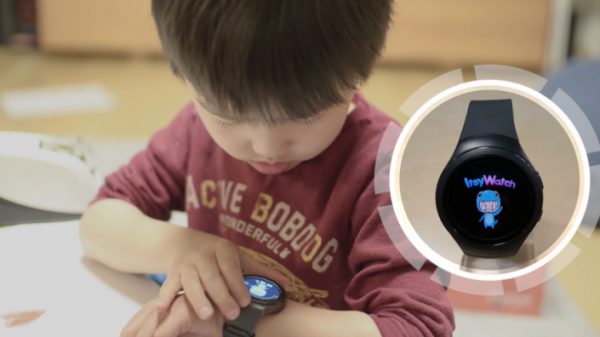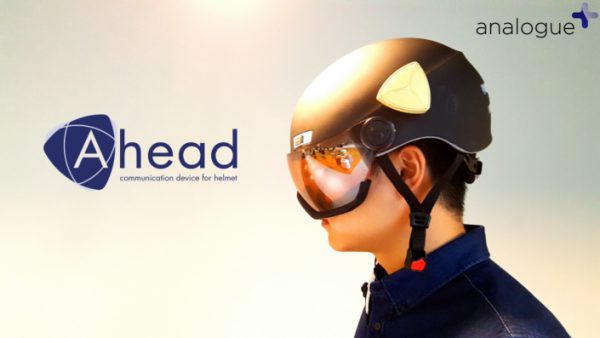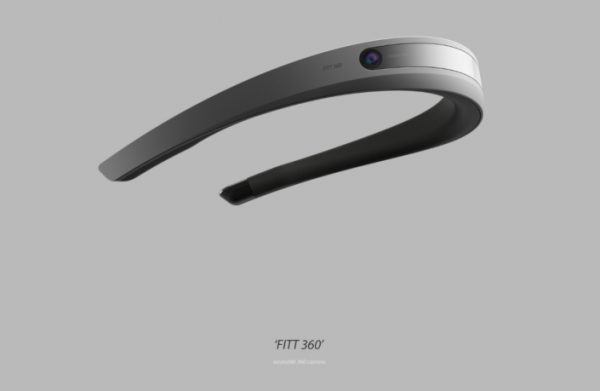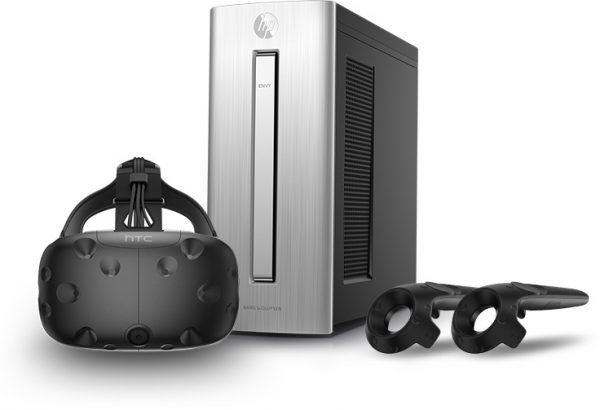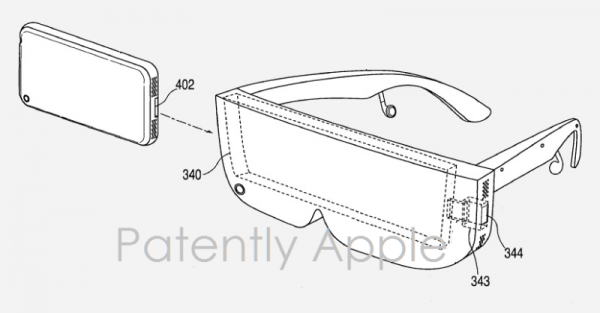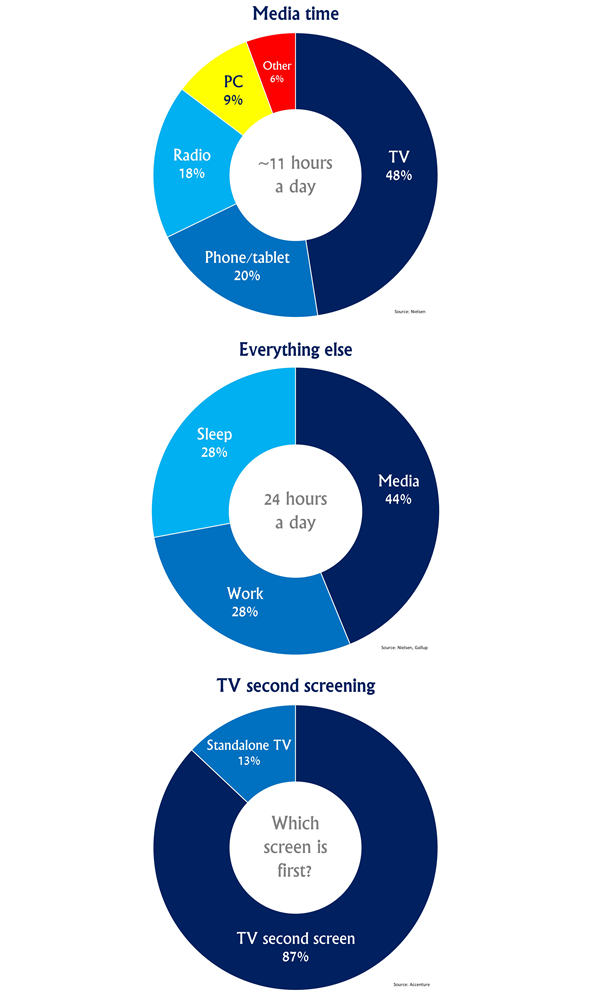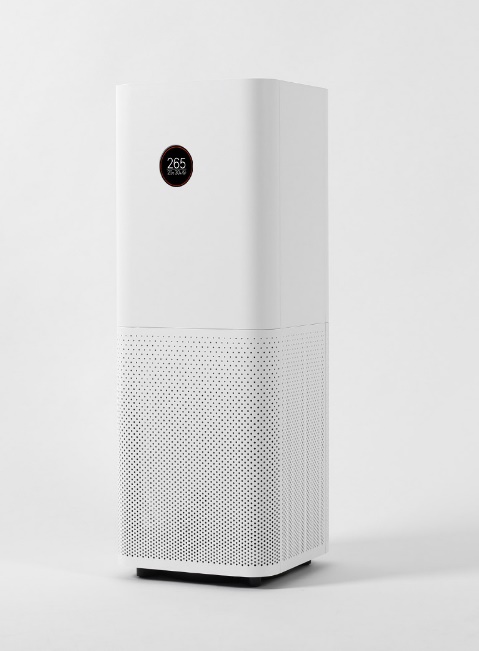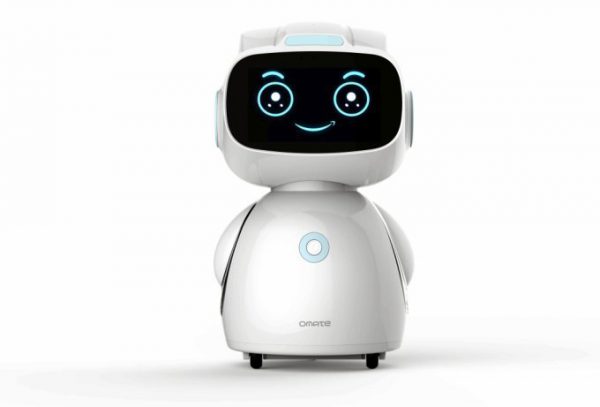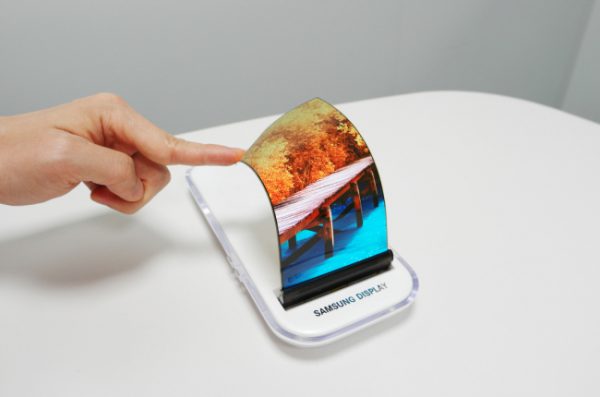
11-2: Samsung will invest more than USD1B by the mid of 2017 to increase AP production in its facilities in Austin; Samsung Display would roll out a full-screen display whose display area ratio reaches more than 90% in 2017; etc.
|
Chipset |
| Foundry vendors including Intel, TSMC, Samsung, Globalfoundries are venturing into a battle of advancing their manufacturing process. (EE Trend, OfWeek) |
Intel, TSMC, and other chipmakers weigh extreme ultraviolet (EUV) lithography, which may be ready by 2018. The brightness of the EUV light source made by Dutch lithography-tool manufacturer ASML Holding seems to be closing in on a figure long targeted for commercial production. It says should be ready to mass manufacture leading-edge microprocessors and memory starting in 2018. (CN Beta, IEEE Spectrum)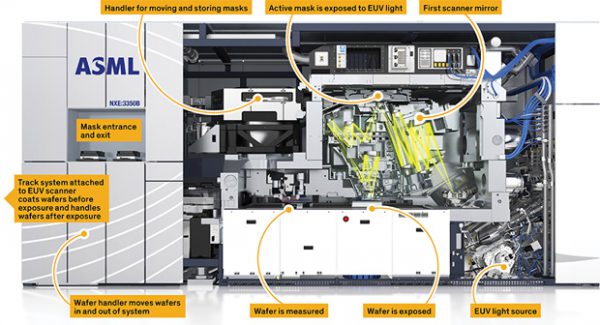 |
| Samsung Electronics announced that it will invest more than USD1B by the mid of 2017 to increase application processor production in its facilities in Austin, Texas. (Phone Arena, Reuters, Engadget, Samsung, Tencent) |
| Intel has acquired German commercial drone software startup MAVinci. Intel is gaining expertise in flight planning software algorithms and fixed-wing drone design capabilities. (CN Beta, Venture Beat) |
|
Touch Display |
| Apple has introduced its new MacBook’s Touch Bar, of which the OLED is supplied by Samsung Display, manufactured at its A2 line, and its driver IC is supplied by Samsung LSI. Apple is allegedly looking to use OLED display rather than LCD display for its future MacBook series and it is actively expanding uses of OLED displays for its major products. (TechNews, ET News) |
| Apple’s new patent titled “electronic devices with carbon nanotube printed circuits” describes a bendable or flexible smartphone that uses carbon nanotube printed circuits. (Patently Apple, Techno Buffalo, USPTO, Yesky) |
Park Won-sang, a principal engineer at Samsung Display, said that Samsung Display would roll out a full-screen display whose display area ratio (a scale that measures space taken up by a display on the front part of a handset) reaches more than 90%in 2017. (Gizmo China, Taihainet, My Drivers, Sam Mobile, The Investor) |
| Solomon Systech has acquired mobile touch technology assets from Microchip for USD23M in cash. Solomon now has a license to sell Microchip’s maXTouch based products and also has access to Microchip’s design database and a portfolio of over 500 patents. (OLED-Info, Solomon Systech, PR Newswire, 10JQKA) |
| The production engineering research institute PRI of LG Electronics won a bid to supply a set of laser annealing equipment or ELA (Excimer Laser Annealing) for Tianma. It will supply the ELA equipment as a part of the Tianma’s G6 of OLED clean room facility in Xiamen China that will house 1500mm×1850mm glass substrates with 30,000 monthly production. (iTer News, OLED-Info, Sohu) |
| Sharp expects to report a JPY25.7B (USD245M) annual operating profit in the business year ending in March 2017, citing “structural reforms and synergy effects with the Hon Hai Group”. Sharp saw a JPY161.9B annual operating loss in the past fiscal year. (Asia Nikkei, Reuters, TechNews) |
| Camera |
| Year 2016 is a landmark for 3D cameras in smartphones. Gartner predicts 20% of smartphones shipped in 2017 will have 3D cameras, enabling depth of field capture, 3D imaging rendering, computational refocus and user gesture control. There are 4 major ways to achieve 3D camera function. (Gartner full report) |
| Light L16 boasts 16 different inexpensive plastic-lens image sensors packed into a slims phone sized form factor. Combined with some proprietary algorithms, it allows the camera to offer up 52MP images with a variable focal point between 28 and 150mm, which works out to roughly a 5.4× zoom. It is priced at USD1699. (Android Authority, IEEE Spectrum, Zhihu, TMT Post) |
| Sony’s Q2 FY2016 semiconductors sales and operating revenues declined 5.0% year over year to JPY193.7B (USD1,918M). Weak image sensors sales had more than offset higher image sensors sales for mobile products, resulting in the overall decline. (TechNews, Sony, Yahoo) |
| Memory |
| Toshiba has raised its forecast for 1H16 operating profit by 36% to JPY95B (USD906M), crediting growth in memory chips and hard disk drives, as well as cost-cutting measures. (TechNews, Bloomberg) |
| Sensory |
| Maxim Integrated Products, Inc. launching ultra-small hSensor Platform, which eliminates the extra 3-6 months it typically takes to develop a prototype by bringing all the hardware building blocks together on one PCB, as well as having readily-accessible hardware functionality with the ARM mbed hardware development kit (HDK). (EE Trend, PR Newswire, Laoyaoba) |
| Connectivity |
| Singapore telecommunications provider M1 has announced conducting the nation’s first live demonstration of narrowband Internet of Things (NB-IoT) and 5G network technology with Nokia. (CN Beta, ZDNet, Market Exclusive) |
| Smartphones |
| Apple is even becoming less profitable relative to other corporate giants. At this point in 2012, the year its operating margin peaked, Apple ranked 5th by that measure among U.S. companies with at least USD20B in annual revenue, according to data compiled by Bloomberg. Now the company stands 13th, a rung below McDonald’s. (Bloomberg, Yahoo, CN Beta) |
| Concerned about the environment, Greenpeace has urged Samsung to recycle valuable components of Galaxy Note 7 smartphones, which will be discarded due to a battery defect. According to OEKO-Institut, the total volume 4.3M of Note 7 includes: more than 20t of cobalt, 1t of tungsten, several kg of tantalum, 20~60kg of palladium, 100kg of gold and more than 1t of silver. (CN Beta, Korea Times, Market Watch) |
| Samsung Electronics Chief Executive Kwon Oh-hyun said they must improve, as it reels from the costly withdrawal of its Galaxy Note 7 smartphone. Without referring directly to the failure of the Note 7s, Kwon said in a statement Samsung employees should look back and ask whether they had been complacent in their work. (Business Insider, Bloomberg, Phone Arena, Tech2, iFeng, Tencent) |
| Samsung Electronics has established a new subsidiary ― S-Printing Solution ― separating its existing printer business division from the company. It came as the electronics maker moves to sell its printer business to Hewlett-Packard (HP), to dispose of less profitable businesses and strengthen core activities. (CN Beta, Pulse News, Korea Times) |
| Microsoft Executive Vice President of Windows and Devices Terry Myerson in regards to Windows phones, he indicates that the company will continue to invest in ARM and cellular, but he did not use the word “phone”. So it can speculate that the Surface “phone” would instead be an ARM-based tablet with cellular connectivity. (CN Beta, ZDNet, PC World) |
| On 28 Oct. 2016, Huawei has held 2nd overseas expedition convention in the headquarter. Its 2000 technical experts and senior executives who have been working in Huawei for more than 10 years will be sent to overseas for an expedition. (EE Trend, ENET, Baidu Baijia, CNW) |
| Sony had expected to sell 20M units in fiscal year 2016, but then cut that estimate to 19M units earlier in 2016. Sony has now further cut the estimate by 11% to 17M units. This results in a 7% downward revision on mobile revenues for the full year to JPY780B. (Android Headlines, Xperia Blog, TechPP, TechCrunch) |
| OPPO’s commission is allegedly high, which could amount to CNY200~300 or even CNY500 for each device sold. OPPO denies this rumor saying “commission varies based on different model and period of sales”. OPPO offline channels contribute to more than 90% of its overall shipment. Home appliance expert Liu Buchen indicates that offline channel have potential risk—if each shop does not achieve its sales target, a lot of shops have to be closed. (CN Beta, Caijing, IT Xinwen) |
| Tablets and PC |
| Microsoft stopped providing Windows 7 Professional and Windows 8.1 licenses to original equipment manufacturers (OEMs), including its PC partners and systems builders. (CN Beta, Digital Trends, Venture Beat) |
| Wearables |
| Samsung continues its in-house startup incubator program, called C-Lab, encourages employees to build their own business and spin them out as startups on occasion: Hum On!, “Waffle” concept, ItsyWatch, Ahead smart helmet, LiCON SmartThings app, and FITT360 that can capture 360° video. (TechCrunch, 163) |
| HTC and HP have teamed up to try and make the Vive a little more accessible by launching a new PC bundle (known as the Vive Ready HP Computer Bundle), which is (relatively) affordable being priced at USD1,499. (Kit Guru, The Verge, Tech Radar, 163, ChinaZ) |
| Apple’s new patent of a headset device puts the emphasis is place on a touch sensor that extends continuously along the eyeglass template that the user can use as a slide controller. One of the controls the touch sensor will control is the volume of the speakers within the headset. (CN Beta, Patently Apple, Apple Today) |
| Google AR team reportedly operates under Google VR umbrella—Project Tango Johnny Lee reports to Google VR head Clay Bavor, who in turns report to Google CEO Sundar Pichai. (Android Headlines, Upload to VR) |
| Thanks to orders for Apple’s AirPods earphones, Inventec’s revenues are expected to grow 7% on year to reach around NTD754B (USD23.83B) in 2017. Inventec is expected to begin shipping AirPods in Jan. 2017. (Digitimes, press, CN Beta, Sina) |
| Digi-Capital believes that virtual, augmented and mixed reality have a competition problem—1) TV, phones and tablets: People spend almost 11 hours a day using electronic media; 2) Daily life: Work and sleep each take up almost 7 hours a day on average; 3) Multi-screening: 87% of people use their phone, tablet or PC as a second screen while watching TV. (Digi-Capital, blog, Tencent) |
| Internet of Things |
| Xiaomi has unveiled a new air purifier called the Mi Air Purifier Pro, with an OLED display providing real-time air quality and working conditions, redesigned air flow path and pressure system. It has a Clean Air Delivery Rate value of 500m3/h and now covers an indoor area of 60m2. It is priced at CNY1499. (Gizmo China, Elecfans, ChinaZ) |
| Omate Yumi is a little robot powered by Android and infused with Amazon Alexa – 5.5” HD display, 1.3GHz quad-core processor, 5MP camera, 1GB RAM, 8GB storage, Bleutooth 4.0, Wi-Fi, micro-USB, HDMI output or Google Cast functionality, 37.2Wh battery, USD349. (Liliputing, Android Headlines) |
| Honda, based in Tokyo, will start the R&D center in 2017 and combine existing AI teams in Silicon Valley, Europe and Japan at the downtown location, according to Yoshiyuki Matsumoto, president of the automaker’s largely independent research arm. (CN Beta, CNET, Business Times, Road Show, Japan Times) |
